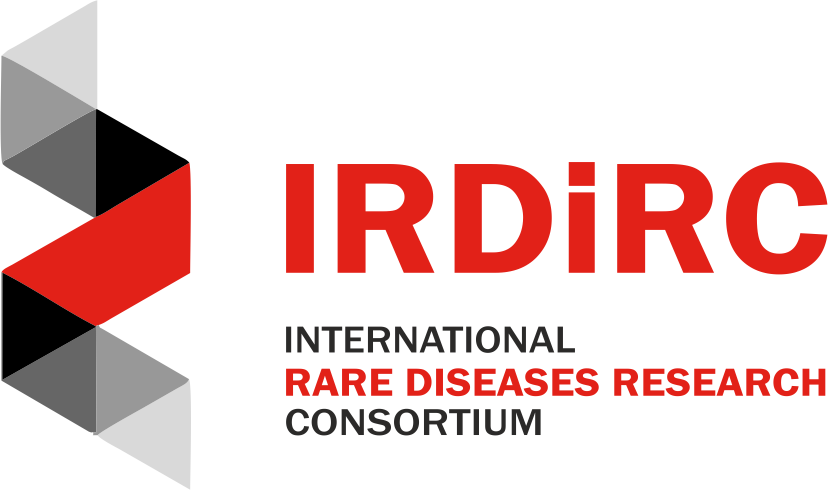Introduction
The N-of-1+ therapy approach is transforming the drug development landscape and has the potential to facilitate treatment of patients with ultra-rare diseases for whom no previous treatment has been developed. However, while the development of therapies specific to very few patients has a lot of promise, the largest challenge faced by these initiatives is that the drug development, regulatory frameworks and reimbursement systems were not designed for N-of-1+.
Objectives
The overall objective of this Task Force is to connect different N-of-1+ efforts to reduce duplication, achieve global consensus and create a roadmap towards development and implementation of N-of-1+ treatment.
- To produce a reference document summarizing the current state-of-the art, to raise awareness of the N-of-1+ concepts and challenges with all stakeholders
- To identify the major challenges hampering N-of-1+ therapy development and timely patient access, in order to allow for development of proposed solutions and create a better opportunity for strategic planning and delivery of N-of-1 therapies
Timeline
Assembly of the Task Force Group in Q1, 2023;
In-person workshop took place on 2-3 November in Barcelona, Spain.
Members
- Annemieke Aartsma-Rus – Leiden University Medical Center, The Netherlands (Co-Chair)
- Anneliene Jonker – University of Twente & Duchenne Parent Project, The Netherlands (Co-Chair)
- Daniel O’Connor – The Association of the British Pharmaceutical Industry (ABPI), UK (Co-Chair)
- PJ Brooks – NCATS/NIH, USA
- Timothy Yu – Harvard Medical School, USA
- Erika Augustine – The Johns Hopkins University School of Medicine, USA
- Adam Jaffe – UNSW Sydney, Australia
- Alison Bateman-House – NYU Grossman School of Medicine, USA
- Julie Douville – n-Lorem Foundation, Canada
- David Dimmock – Creyon Bio, USA
- Larissa Lapteva – FDA, USA
- Marjon Pasmooij – Dutch Medicines Evaluation Board, The Netherlands
- Matthis Synofzik – Hertie Institute for Clinical Brain Research and Center of Neurology, University of Tubingen, Germany
- Oxana Iliach – Certara, Canada
- Ralf-Dieter Hilgers – RWTH Aachen University, Germany
- Virginie Hivert – EURORDIS, France
- Gareth Baynam – Rare Care Centre/Perth Children’s Hospital, Australia
- Holm Graessner – European Reference Network for Rare Neurological Diseases (ERN-RND), Germany
- James Davies – Weatherall Institute of Molecular Medicine, Oxford University, UK
- Jill Morris – NINDS/NIH, USA
- Rich Horgan – Cure Rare Disease, Inc., USA
- Shruti Mitkus – Global Genes, USA
Educational Resources
List of curated resources is available at the following link: https://irdirc.org/wp-content/uploads/2023/12/N-of-1-Education-Resources-1-1.pdf

